After two decades of teaching art, design, photography, graphics, and media production, Bhavin Bhadresa finally launched his eye-catching brand, Su Che Art, during the Covid pandemic. The British Asian artist has since received wide acclaim for his striking pop art prints that explore the relatable idiosyncrasies and traditions which have defined his multicultural upbringing.
The visual artist is now preparing to launch his most ambitious project – a new collection of limited-edition screen prints featuring real gold leaf. The cool creative also has exhibitions on the way, with vibrant new pieces, along with regular workshops where he shares his knowledge.
Eastern Eye caught up with Bhadresa to discuss his fascinating journey, inspirations, favourite pieces, forthcoming work, and key advice for aspiring artists.
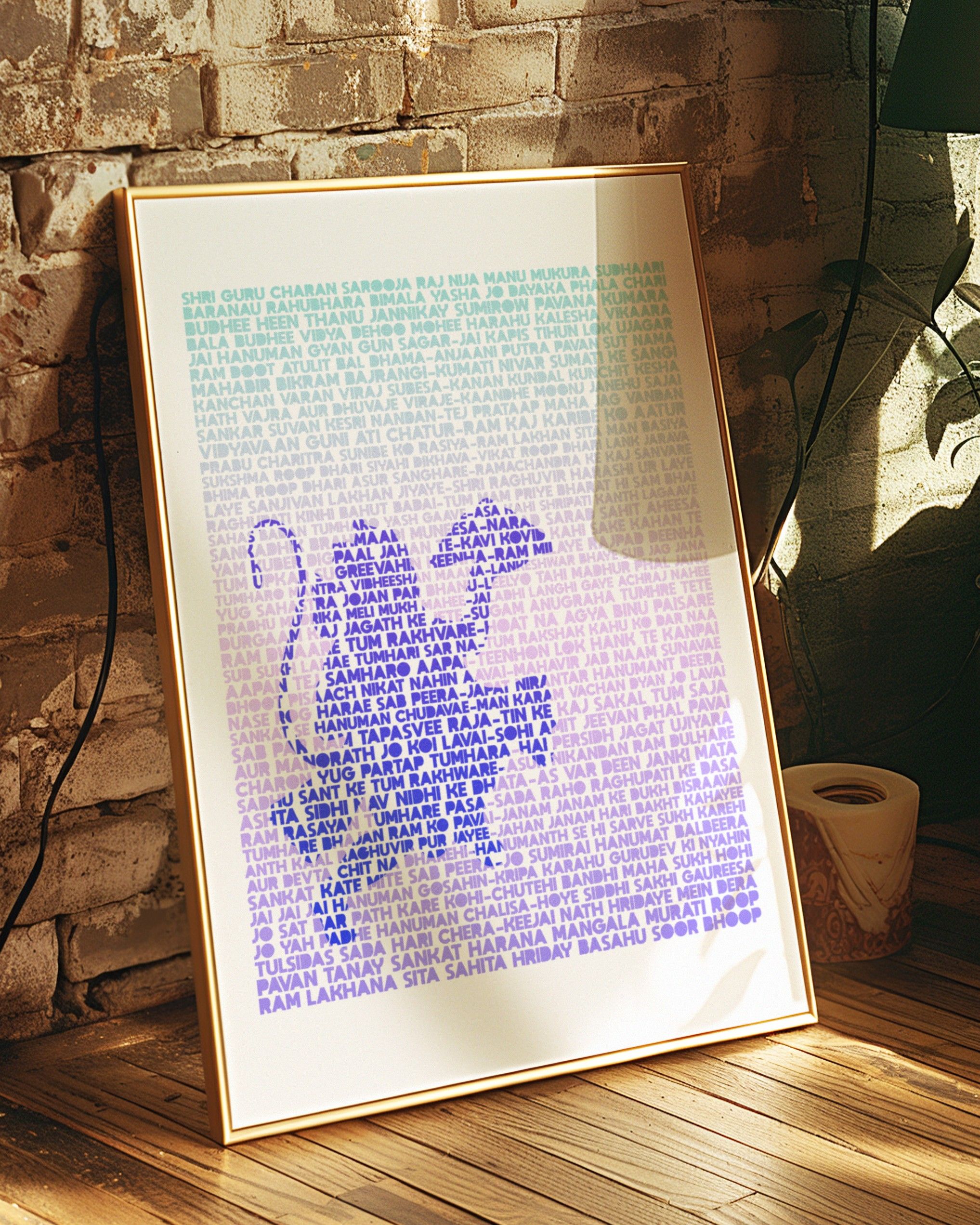
What first connected you to creativity?
For as long as I can remember, I’ve been obsessed with making and drawing. The fact that we didn’t have much growing up fuelled my creativity and imagination, shaping me into the creative I am today.
How would you describe your journey to becoming an artist?
My journey as an artist has been winding but incredibly fulfilling. From a young age, I always gravitated towards creative subjects, which led me to study fine art in the early 2000s. Afterwards, I spent nearly two decades teaching a range of creative subjects, from art, design, and photography to graphics and media production. The pandemic gave me the time and space to focus on my own art. Su Che Art started as a small passion project but quickly gained momentum, transforming into a full-fledged art practice.
What has it been like since then?
Like many independent artists, I have had to navigate the complexities of marketing, logistics, and growing my business, all while staying true to my creative vision. It has been challenging, but the sense of accomplishment has been incredibly rewarding.
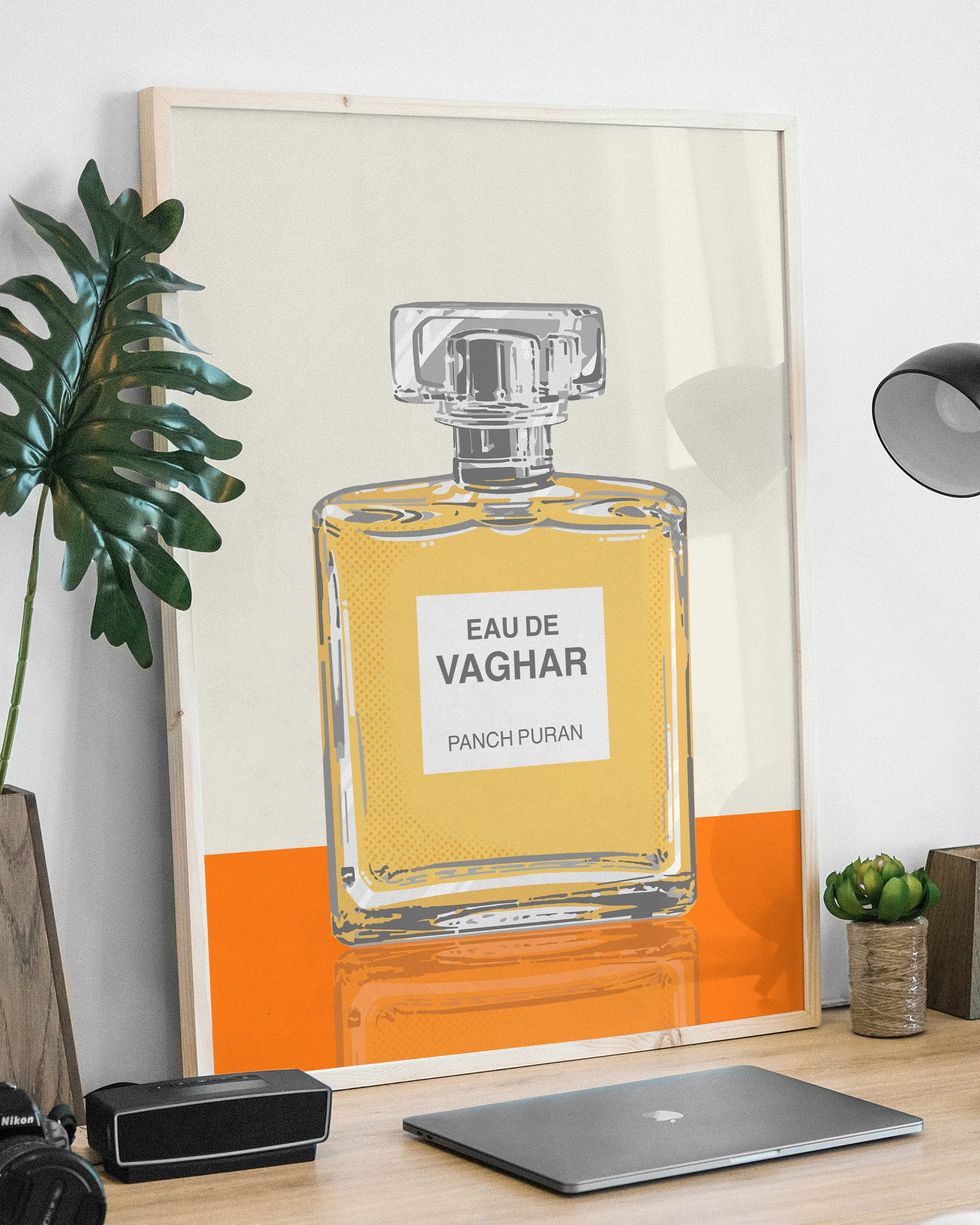
How would you describe your art style?
My art is a vibrant fusion of Indian pop culture, typography, and nostalgia. It celebrates language, heritage, and humour, often through bold colours and striking graphic compositions. I enjoy playing with text – whether in Gujarati, Swahili, or Hindi – bringing cultural references to life in a fresh, playful, and modern way. At its core, my work is a celebration of the richness and diversity of our cultures, with a focus on connection and joy.
Where do you draw your inspiration from for the eye-catching works?
Inspiration comes from everywhere – old Bollywood movies, trips to India, vintage packaging, and even everyday conversations with family, particularly the older generation, whose stories fill my head with ideas. I enjoy taking something familiar and working it in a way that sparks both recognition and surprise.
What draws you towards Indian culture in particular for your work?
As a Kenyan-born, first-generation immigrant, my connection to Indian culture is a blend of inherited traditions and personal rediscovery. My work aims to celebrate the experience of being part of a diaspora – the quirks, beauty, and contradictions that come with it. Through my art, I strive to preserve and honour this rich heritage, ensuring it remains alive for future generations.
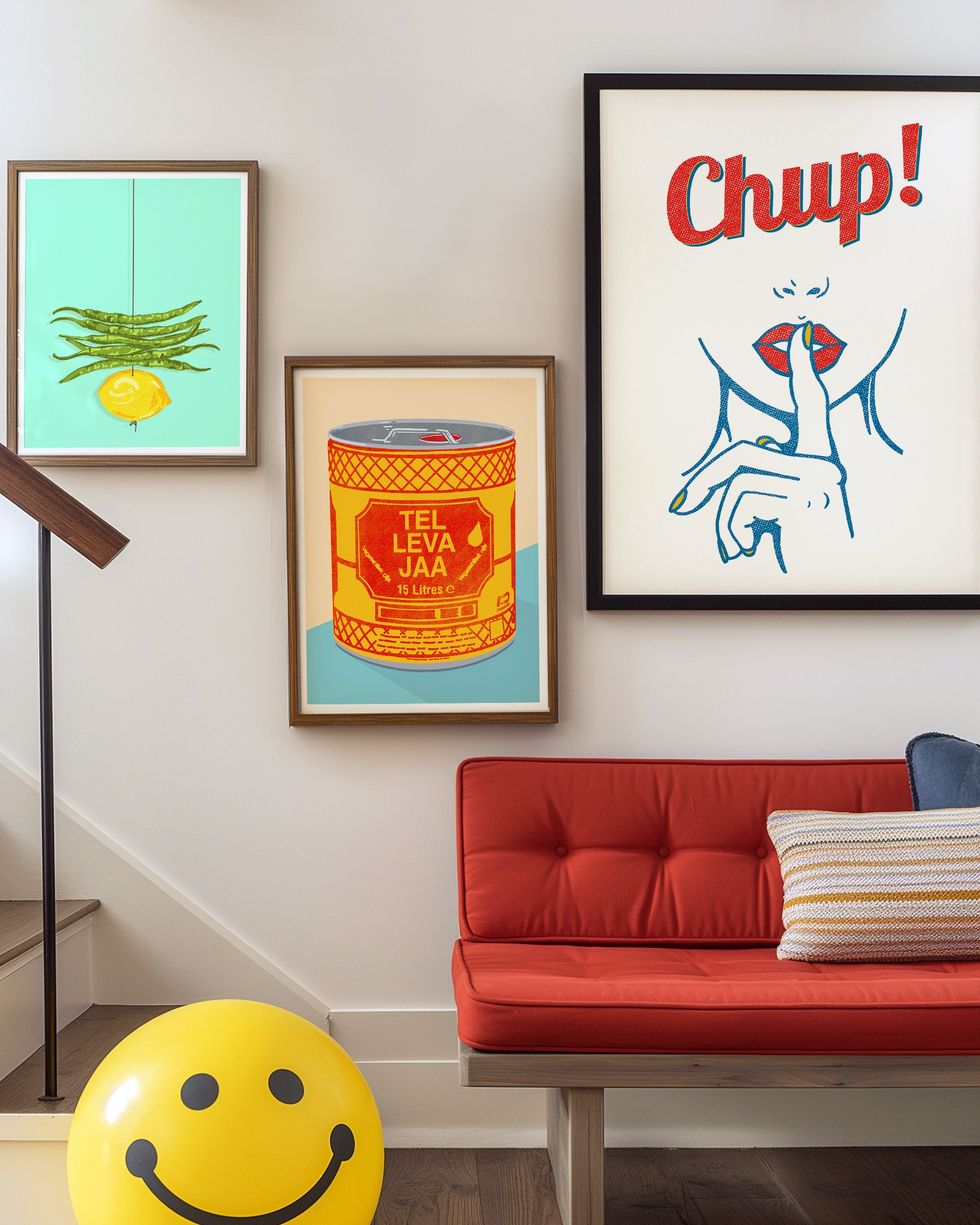
What themes run through your work?
My work explores identity, nostalgia, and language. Growing up in the Indian diaspora, I have always balanced the inherited culture of my parents with the reality of growing up in the West. This duality forms a major theme in my art. Immigrant generations often hold onto words, phrases, and ideas from their heritage, preserving them in a timeless state – something I explore to connect generations and cultures.
Humour seems to play a big role in the work – tell us about that.
Indians are naturally funny, and humour is a huge part of our culture – whether through wordplay, filmi drama, or everyday expressions. I love weaving these elements into my work, from cheeky Gujarati phrases to nods to Bollywood classics. No matter what challenges life may throw at us, humour remains present in conversations and interactions among Desis.
Who is your hero in art?
There are so many, but someone who stands out is Bhupen Khakhar. His work was bold, unapologetically personal, and broke boundaries in Indian contemporary art. I admire artists who embrace their identity and create from a place of authenticity.
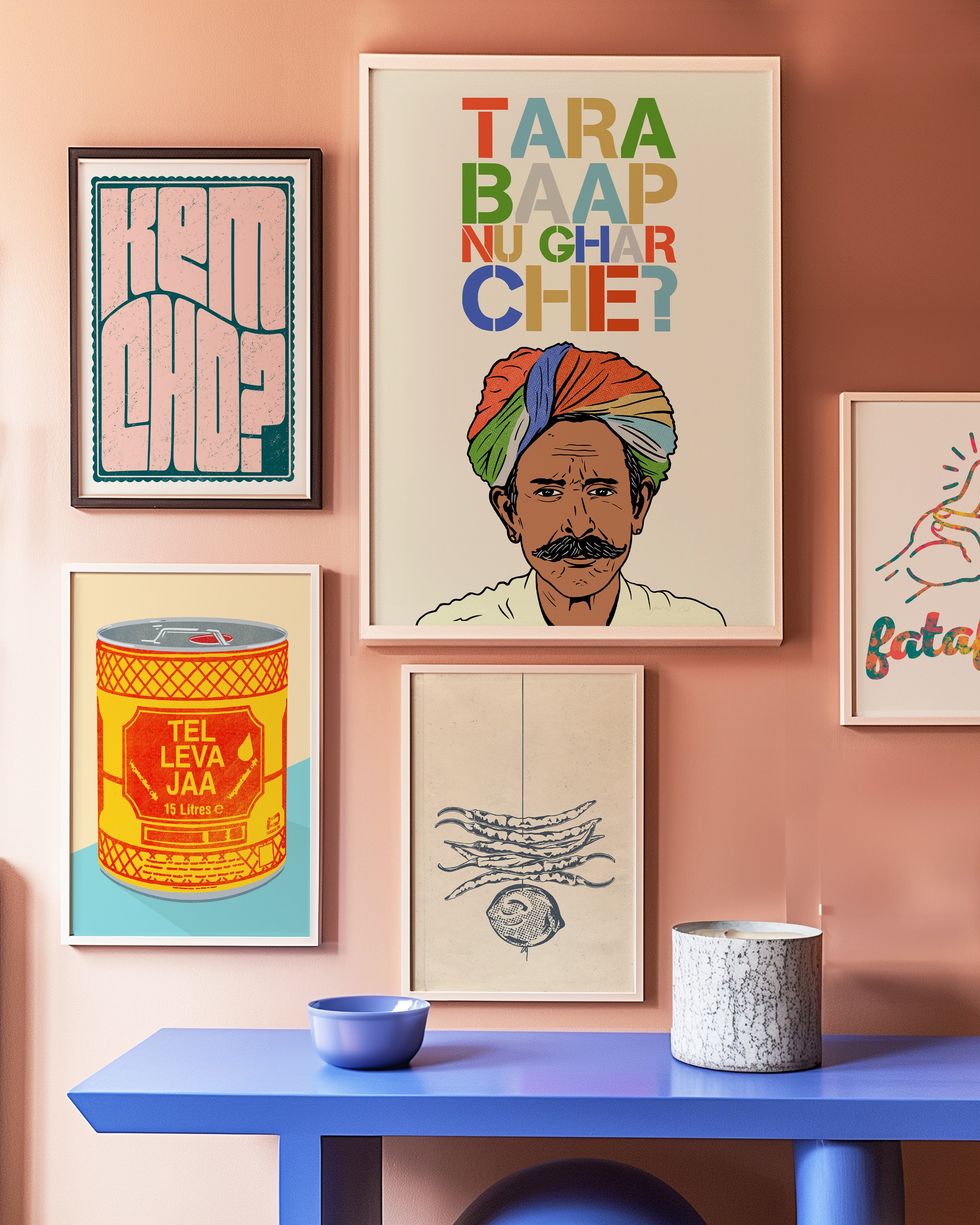
Is there any one particular work that is a favourite?
One that stands out is the Hanuman Chalisa artwork. It took me a long time to get it just right, knowing how significant the hymn is to the community. What I love most is seeing how deeply it resonates with people – whether for spiritual reasons or as a way to connect with their cultural roots.
What advice would you give aspiring artists?
Stay true to your vision, but do not be afraid to learn the business side of things. Talent alone will not sustain a creative career – you need to understand how to market yourself, price your work, and connect with your audience. And most importantly, keep making art that excites you.
What new work can we expect from you next?
I am really excited to be launching a new collection of limited-edition screen prints featuring real gold leaf. These prints celebrate some of my most popular artworks and pay homage to the timeless appeal of gold in Indian culture. They are bigger and bolder than anything I have ever done. You can see them in person exclusively at EDiT Gallery in Greenwich, London.
Will you be exhibiting your work anywhere soon?
I will be showing some works at The Ripple Effect group show at Art Works East, London, in late April, and I am also thrilled to be part of another group show called Pink Is For Everybody, curated by EDiT Gallery. You will be able to see an exclusive piece created specifically for this show this summer, in London.
Why do you love art and creativity?
Because it has the power to connect, challenge, and celebrate. For me, art is a way to honour my roots, bring joy, and spark conversation. It is a lifelong love affair, and I would not have it any other way.
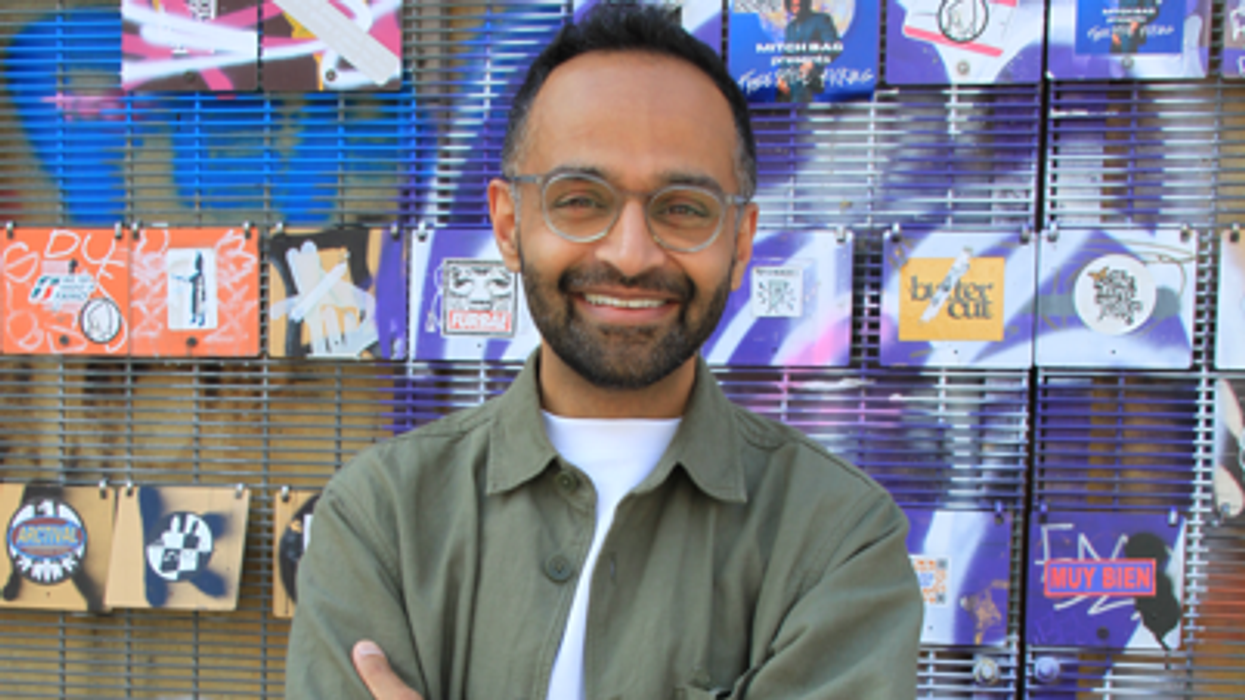
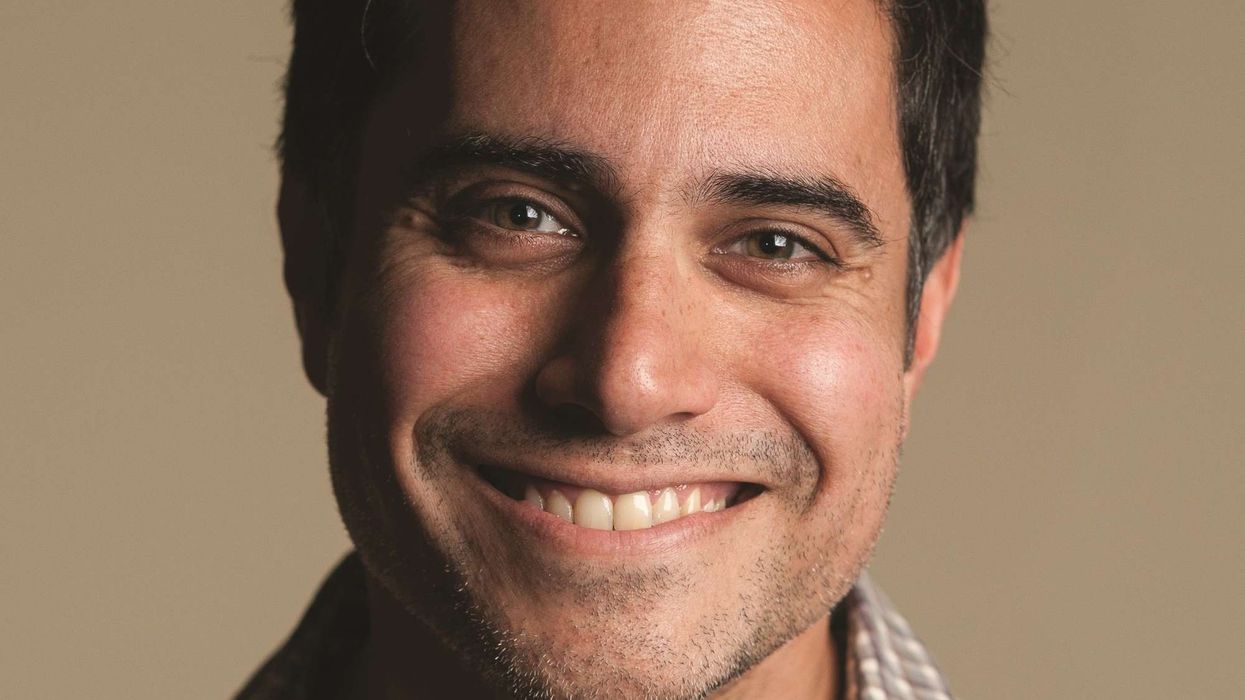


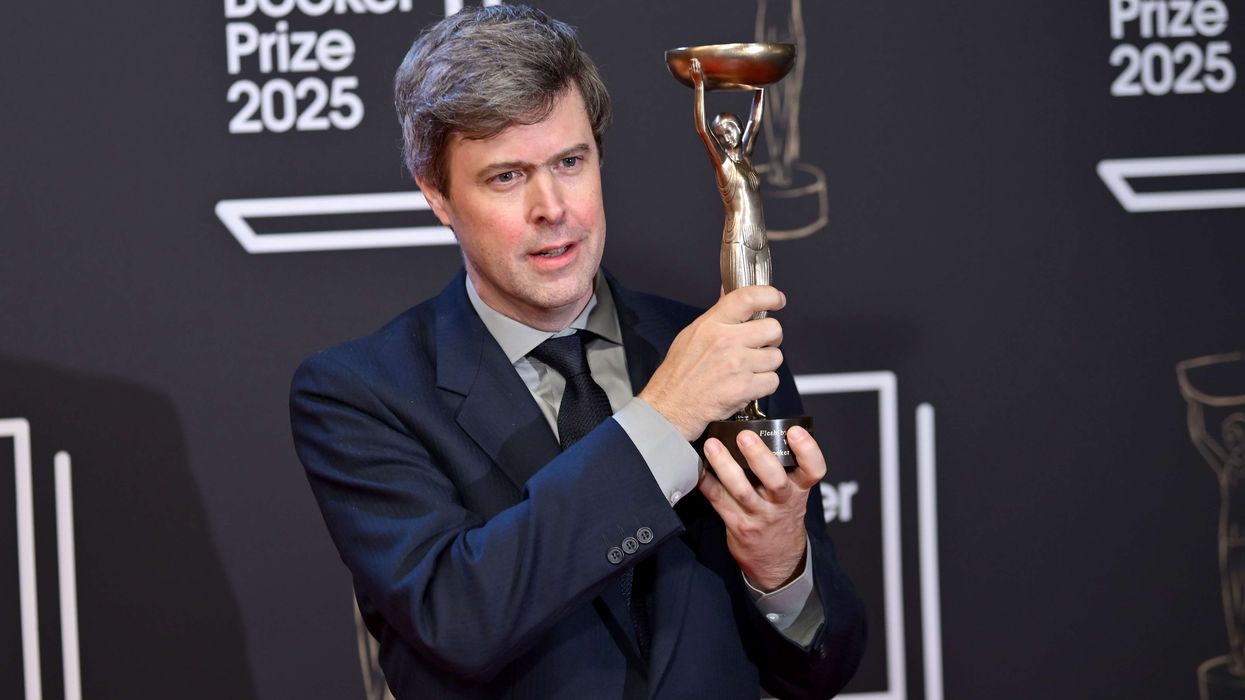

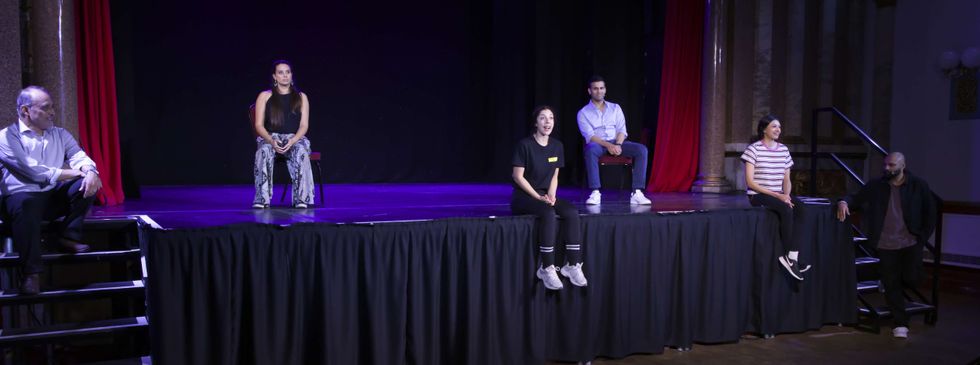 The play is written by Tarun Jasani and directed by Mukul AhmedMGT
The play is written by Tarun Jasani and directed by Mukul AhmedMGT





